Description
The Rolling Stones, who were conscious of the Beatles, found a way out in black music ranging from blues to soul. Needless to say, the members of the Stones are white. Black people around the world ridiculed the Stones as “plastic soul,” or in other words, fake black music. The anthology also includes Paul muttering “Plastic Soul” after “I’m Down.” This was recognized among the members as the working title of the album “Rubber Soul” during production. As expected, he was hesitant to use a discriminatory word that ridicules others as a title, so he called it “Rubber Soul,” referring to the rubber soles of his shoes. This is, so to speak, a play on words by the Beatles. The album cover features a photo taken by Robert Freeman in John’s garden. When they made a slide of the photograph they had taken and showed it to the Beatles, the slide machine happened to tilt and the photograph became distorted. The photo was deliberately distorted and used on the album jacket because the condition was interesting. This work is the title that is the culmination of the studio sessions for “Rubber Soul.” The Beatles were already locally famous in their hometown of Liverpool before their debut, and since their debut in 1962, they have taken Britain and Europe by storm in 1963, and as soon as 1964 has begun, they have reached No. 1 in the U.S. with “I Want to Hold You”. In a short period of time, he quickly became a worldwide star. During that time, he was extremely busy, making numerous TV and radio appearances for promotion, and also performing live shows. Their first visit to the United States in February 1964 stirred up a sense of hunger among their fans with only two live performances and an appearance on the Ed Sullivan Show, and they went on a long-awaited US tour in the summer. Furthermore, they also had to shoot a movie during that time, making me wonder where they had the time to make an album. The Beatles’ albums also initially reflected strong oldies influences. Perhaps if the Beatles had disbanded after “For Sale,” they would have been recognized as an oldies band later on. However, after “Help,” her artistry gradually became more highly regarded than her idol quality, and continues to this day. In the early days, John’s talent blossomed quickly, and “A Hard Day’s Night” is a masterpiece that can be said to be John’s exclusive work, full of John’s charm. It was probably after “The Help” that Paul began to develop his talent. Not to mention “Sgt. Pepper’s” and “Abbey Road,” Paul held the musical leadership of the late Beatles. During that transitional period, John and Paul competed for the first time with “Rubber Soul,” and “Revolver” was an album in which John and Paul were completely reversed. It can be said that this slight shift in the blooming period of talent, with John from early to mid-term and Paul from mid-to-late, allowed the Beatles to reign as top runners for a long time throughout the 1960s, leading to their acclaim in later generations. In this way, the Beatles’ sixth album, “Rubber Soul,” can be said to be a masterpiece from an era in which the talents of John and Paul were on par with each other. Released in December 1965. The album was produced in just over a month after the band’s second American tour, in time for the Christmas sales season. However, there is not even the slightest hint of such hecticism, and the album gives a very calm and calm impression. What’s even more noteworthy is that this album is not old rock’n’roll. The array of beautiful songs is enough to show that the Beatles are more than just a rock band, and it’s no wonder that Brian Wilson was shocked when he heard this album.It’s a highly artistic masterpiece. I am proud of my degree. This work is a recording of the recording session for “Rubber Soul”. [Day Tripper] The opening song of this work is not a song from the album, but two songs that were recorded at the same session at the same time and released as singles. “Day Tripper” was played on the 1966 tour, and the less ambitious performance from the Japanese performance is familiar. This song features twin vocals by John and Paul, who are known for their impressive chorus work, guitar riffs, and falsetto vocals. At a time when the Beatles were beginning to sing songs that they had each composed, and it became rare for the two of them to be the main performers, this is a rare two-person song reminiscent of their early days. It was released as both A-sides in the UK with the song “Let’s Embrace Love” (described later), but was treated as a B-side in Japan and the US. Disc 1 track 1 is take 1. That guitar riff is played from Paul’s count. In contrast to Ringo’s stable drums, the guitar riff is still somewhat unstable. Track 2 Take 2 was busy even after the announcement, and the performance didn’t start right away, and the voices of the Beatles members could be heard discussing something. The performance immediately stops and shifts to take 3. This take 3, which must have been elaborated a lot in advance, is a wonderful and energetic performance. It’s still a simple take with a simple performance of guitar, drums, bass, and vocals, and no tambourine in the break part. The vocals are also single-tracked and vivid. Track 4 is a re-recorded guitar and another rough take of the vocals. Finally, on track 5, a tambourine is added and the outline of the song becomes clearer. The vocals are another rough take. Starting from track 7, the vocals will be double-tracked, increasing the thickness. Furthermore, it seems that it was decided that the interlude part, which was unfinished in the previous takes, would be composed of guitar and chorus. [Let’s Embrace Love] This is a single song that was released as both A-sides with “Day Tripper”, and in the United States, this song was released as the A-side alone, and it was also the number one song in the United States. It’s a catchy song that showcases Paul’s talent to the fullest. It was played on stage during the UK tour in the winter of 1965, but unfortunately no recording remains. Perhaps because it didn’t look good on stage or because it was difficult to perform on stage, it was dropped from the set list the following year. Paul has played this song frequently since becoming a solo artist, and has performed it as an acoustic number on tour, including 1991’s Unplugged. Disc 1 tracks 16 and 17 are demo sound sources played by Paul alone on the acoustic guitar. Although it is a very simple performance, you can already feel the charm of the song. The source of this sound source is unknown, but Paul probably recorded it himself when he had time alone. The session began on October 20th. Track 18 is take 1. John mutters and Paul starts counting. This is a very early version of the song, just playing the chords along with the drums, and it was recorded extremely to the left. Track 2 has Paul’s single vocal layered over it. There is no harmonium, which determines the impression of the song, giving it a very refreshing impression. However, on track 22, the harmonium is layered on top of the other, making it almost the final version. The vocals are a different take. Perhaps because he felt that his singing was not good enough, he re-recorded his vocals on October 29th. That is from track 23 onwards. Furthermore, on track 24, it is processed into a double track, and you can hear the vocals of two Pauls. John and George’s chorus part is mixed in the front, and you can see that this is for checking the vocals and chorus. [Drive My Car] The first track on Side A of a Beatles album is always a song with an impact. It goes without saying that “Please Please Me” starts with a high count, “With the Beatles”, “For Sale”, “Help”, and “A Hard Day’s Night” suddenly start with vocals. In comparison, “Rubber Soul” starts with “Drive My Car,” which is quite normal. This song was recorded on October 13, 1965. Disc 2 track 1 is a basic track that starts with Paul’s count. When you listen to this, you can clearly see how much attention was paid to a soulful performance with an emphasis on rhythm. The bass is the main part, and by tracing almost the same phrase as the bass line with the bass part of the guitar, it succeeds in creating a very heavy rhythm. Although it is a basic track, you can hear Paul uttering only the part of the chorus that says “bibbi bibi yay”. The main vocalist is Paul, with John singing only the chorus. However, Paul sings throughout all of Paul’s live shows after becoming a solo. [Norwegian Wood] This song is essential when talking about the Beatles. This was the first song to feature sitar in addition to acoustic guitar. Of course it is George who is playing. The lyrics are about John secretly having an affair with Cynthia, and the lyrics are “We talked until two and then she said “It’s time for bed”.” After she says, “It’s almost time for bed,” there is a long interlude. Indeed, this interlude probably represents the love affair between John and his cheating partner. Returning to the song, as John always does, this work records the process of elaborating and perfecting the song over and over again. Take 1, recorded on October 12, 1965, has a slower, more languid tempo than the final version, with an arrangement that emphasizes the sitar more. The song title has been announced with the tentative title “THIS BIRD HAS FLOWN”. Disc 2 track 10 is still John singing on an acoustic guitar before the sitar is layered, and the vocals are also single tracks. When this reaches track 11, a sitar is added, giving the song a distinctly “burnt incense smell.” Vocals are double tracked. If anything, the acoustic guitar is more reserved and the sitar is more prominent in the mix. Track 12 not only has an equal mix of acoustic guitar and sitar, but the biggest change is that the tempo is raised as much as possible. It feels like we are finally getting close to the final version. The date changed and take 2 was recorded on October 21st. At this point, the title is still called “THIS BIRD HAS FLOWN”. Disc 2 track 16 is a wonderful take on John’s fresh single vocal. The background is mainly a sitar, with a simple rhythm created by Ringo. Next is Take 3, but only the beginning of this recording remains. He must have been enthusiastic about completing it on this day, and is now starting on take 4. Perhaps he thought that the sitar was emphasized too much, but like the final version, the sitar is only used for flavor, and the main part is the acoustic guitar. It shows John failing the intro twice and restarting it. [You Want See Me] This is a flowing song with an impressive light piano and cutting guitar that is very reminiscent of John Lennon. A Hammond organ is added, but this is played by roadie Mul Evans. Paul has performed this song twice on his solo tours, in 2004 and 2017. In 2004, it was recreated on stage in a near perfect copy, but in 2017 it was performed using an acoustic guitar. Disc 2 track 24 is take 2. It is a basic track with no vocals included yet. Unfortunately, there are other mixes of this song, but no other takes have been discovered so far, and all of them are included in this work. [Hitoribocchi no Hime] This song is very memorable for Japanese fans, as it was performed at the Japan concert and was also released as a single. John, Paul, and George double-track the chorus, making it a chorus of six people. Disc 3 track 1 is take 5. It is a basic track and does not contain vocals. The performance is still clumsy and unsatisfying. Track 2 is the first time I have vocals. Although it is sung quite carefully, it is clearly a different take of the vocals. wonderful. John sings with some pauses here and there. You can see that the vocal and chorus styles are almost complete. Track 3 is also a different vocal. It is impressive that John sings relatively in line with the other two, more subdued than the first vocal take. I was surprised to see John’s vocals coming so far forward during the chorus. Also, in the final version, a high-pitched guitar sound is included when entering the lyrics part from the interlude, but it is not included here yet. There’s no way of knowing how it was added, but it’s an accent that gives the impression of good taste, without which it wouldn’t be the same. [Liar Woman] George’s vocal song finally appears here. It can be said that this is a song unique to George, with few ups and downs. Although Paul still used a Hefner on stage, he was already using a Ricken in his recordings. However, this song uses a bass through a fuzz, so the bass sound has a distinctive feature. Disc 3 track 9 is take 1 of “Think For Yourself”. It is a basic track with no vocals included. Starting with George’s count, it feels like he hasn’t mastered the performance yet. Track 10 is very interesting. Although it may be in the studio, it is not a formal recording, but the atmosphere is that the tape happened to be spinning while the members were practicing “Think For Yourself” during a break. It contains vivid conversations between the Beatles in the studio, and will give fans a nosebleed. There is no other example in which the inside of the studio has been preserved for such a relatively long time. This is the conversation between the members of the Beatles in a natural way, such as humming songs, intentionally making crazy voices, and teasing other members. Maybe it’s not going well, but John takes the initiative and repeats the chorus part of “Think For Yourself” over and over again. Besides the Beatles, you can also hear George Martin’s voice. Anyway, it’s fun to see them goofing around and acting silly in the studio. I can’t help but feel moved when I think that the Beatles’ studio was exactly like this. Tracks 13 and 14 each contain two types of George’s single vocals, and the final version is completed by mixing down these two. [Words of Love] The original title is “The Word.” The Japanese title is confusing as to whether the person who named it knew that “For Sale” had a cover song called “Words Of Love”. A great song full of speed. Recording took place on November 10, 1965. John’s guitar overlaps with the bouncy intro piano, and the chorus work is clear. And in the chorus part, John jumps out from the chaos of the chorus and takes a solo vocal. It’s a perfect Beatles style song reminiscent of the early days. Disc 3 track 20 is a slow tempo outtake. Another take on the vocals. The chorus part is unfinished and has not been inserted yet. [Michelle] It’s a song that creates a quiet and calm adult atmosphere that is not typical of a rock band. It was the only song by the Beatles with lyrics in a language other than English. The lyrics were written under the supervision of Ivan Vaughan, a friend of his from Liverpool, whose wife was French. French translations of mostly English poems. Therefore, this song is always sung irregularly at Paul’s French performances regardless of the age. When they performed at the White House in 2010, they laughed and said, “I hope the president will forgive me,” since President Obama’s wife is also named Michelle. The first disc 4 tracks 1 and 2 are recordings that are more like drafts than demos of the same song. Track 1 is said to have been recorded in 1963, and although you can hear similar phrases, it still takes time for the song to take shape. Track 2 is said to have been recorded in 1965, and is quite similar to “Michelle,” but there are some phrases that were ultimately cut, making it interesting as an extremely early version. Next, track 5 is take 1. Paul sings almost a cappella to the monotonous rhythm. The tempo is a little fast. Paul sings lively, there is no melancholy atmosphere yet, and there is no chorus, this is also a very early version. Take 2 is also a different vocal. Here Paul’s voice is mixed quite loudly. There is a slight echo, which is probably part of the process of trial and error. [Disappeared Love] Now we move on to the B side of the album. This is the only song credited to “Lennon-McCartney-Starkey,” which was included with the tacit agreement that each album would include one song by George and one by Ringo. The idea for this song was when John was a teenager, but Paul added the middle part to it and completed it. The production process is similar to that of “Free As A Bird.” As evidence of that, disc 4 track 17 is a demo sound source recorded in 1963 with John taking vocals. The song is clearly “What Goes On,” but it has a middle part that is not in the final version, and although it is a short sample for auction, it is interesting. Take 1 of track 18 is a basic track that starts with John’s count. Tracks 19 and 20 are double vocals recorded individually. [Girl] At the beginning, I wrote that the album “Rubber Soul” shows the competing talents of John and Paul, but this song and “In My Life” represent the manifestation of John’s talent. . It’s an impeccably romantic and complete masterpiece, with an idea and melody that effectively introduces breath. The song “Woman” was included on John’s solo album “Double Fantasy” released in 1980. John said in an interview that she was “a 1980 girl.” I see, the parts in the chorus where the same breathwork is used effectively are very similar. Disc 4 track 24 is only the announcement and the sound of the guitar being played. Take 2 from track 25 is a monitor mix. You can follow the melody while only watching the riff. Track 28 is a baroque guitar phrase that adds a noble atmosphere to the song. DISC ONE [DAY TRIPPER] October 16, 1965 01. Take 1 02. Take 2 (breakdown) OVERDUBS 03. Take 3 w/ Vocal track #1 04. Take 3 Guitar riff re-make + Rough Vocal 05. Take 3 Tambourine SI and Rough Vocal 06. Vocal Track #2 with reverb 07 Take 3 Guitar SI & Double tracking vocals 08. Take 3 monitor mix 09. Take 3 unedited full mix October 26, 1965 10. RS1 US 11. RS2 UK October 29, 1965 12. RM1 (The Music of L&M Special) 13. RM2 November 10, 1966 14. RS Re-Make “A Collection of Oldies” MULTITRACK 15. Take 3 Instrumental 【WE CAN WORK IT OUT】 September – October 1965 16. Demo source 1 17. Demo source 2 October 20, 1965 18. Take 1 19. Take 2 w/single vocal track 20. Take 2 w/different vocal parts 21. Take 2 harmonium SI 1 22. Take 2 harmonium SI 2 October 29, 1965 23. Take 2 vocal re-make 24. Take 2 double tracked vocal 25. Take 2 unedited full mix 26. RM2 (The Music of L&M Special) 27. RM3 November 10, 1965 28. RS1 US 29. RS2 UK November 10, 1966 30. RS Re-Make “A Collection of Oldies ” MULTITRACK 31. Take 2 Instrumental DISC TWO [DRIVE MY CAR] October 13, 1965 01. Take 4 Basic Track 02. Lead Guitar SI (multitrack) 03. Vocals SI (multitrack) 04. Cowbell, piano & extra guitar SI (multitrack) ) 05. John & Paul separate backing vocal October 25, 1965 06. RM October 26, 1965 07. RS MULTITRACK 08. Instrumental 09. Take 4 without percussions [NORWEGIAN WOOD] October 12, 1965 10. Take 1 no sitar, single vocals 11. Take 1 sitar SI, double tracking vocals 12. Take 1 mixdown 13. Take 1 John Barrett Mix (1983) 14. Take 1 monitor mix (1983) 15. Take 1 (Anthology Mix 1996) October 21, 1965 16. Take 2 17. Take 3 (partial) 18. Take 4 pre-overdubs 19. Take 4 Sitar SI (multitrack) 20. Take 4 percussion SI (multitrack) 21. Take 4 unedited full mix October 25, 1965 22. RM October 26, 1965 23. RS 【YOU WON’T SEE ME】 November 11, 1965 24. Take 2 25. Bass track (multitrack) 26. Take 2 with Bass SI (multitrack) 27. Vocals SI (multitrack) 28. Extra Vocals, extra organ SI (multitrack) November 15, 1965 29. RM 30. RS BONUS 31. RS US DEXTERIZED Echo Mix DISC THREE [NOWHERE MAN] October 22, 1965 01. Take 5 02. First Vocal track 03. Second Vocal track October 25, 1965 04. RM October 26, 1965 05. RS MULTITRACK 06. All Vocals 07. Lead Guitars 08. Instrumental [THINK FOR YOURSELF] November 8, 1965 09. Take 1 10. Rehearsal practice 11. Vocals overdub session 12. Organ and Fuzz Box SI (multitrack) 13. Vocal Track 1 (channel mix mono) 14. Vocal Track 2 (channel mix mono) October 9, 1965 15. RM 16. RS MULTITRACK 17. All vocals 18. Instrumental 【THE WORD】 November 10, 1965 19. Unknown take (fragment) 20. No bass and Vocal track 1 (channel mix mono) 21. Bass & Vocal track 2 (channel mix mono) 22. Maracas, Vocal track 3 & organ (multitrack) 23. Take 3 unedited full mix November 11, 1965 24. RM 25. RS1 US November 15, 1965 26. RS2 UK DISC FOUR [THE WORD] MULTITRACK 01. All Vocals 02. Bass [MICHELLE] 03. Home Demo 1963 04. Home Demo 1965 November 3 , 1965 05. Take 1 (partial) 06. Take 2 07. Vocal Track 1(multitrack) 08. Vocals SI (multitrack) 09. Bass (multitrack) 10. Take 2 with overdubs 11. Lead Guitar SI (multitrack) 12. Take 2 unedited full mix November 9, 1965 13. RM US 14. RS November 15, 1965 15. RM UK BONUS 16. RS US DEXTERIZED Echo Mix [WHAT GOES ON] 17. Home Demo 1963 November 4, 1965 18. Take 1 19. Vocal 1 (channel mix-mono) 20. Vocal 2 (channel mix-mono) 21. Vocals & Guitar SI (multitrack) November 9, 1965 22. RM 23. RS [GIRL] November 11, 1965 24. Take 1 (partial) 25. Take 2 (monitor mix 1) 26. Take 2 (monitor mix 2) 27. Vocals SI (multitrack) 28. Guitar SI November 15, 1965 29. RM 30. RS BONUS 31. RS US DEXTERIZED Echo Mix MULTITRACK 32. Take 2 Instrumental
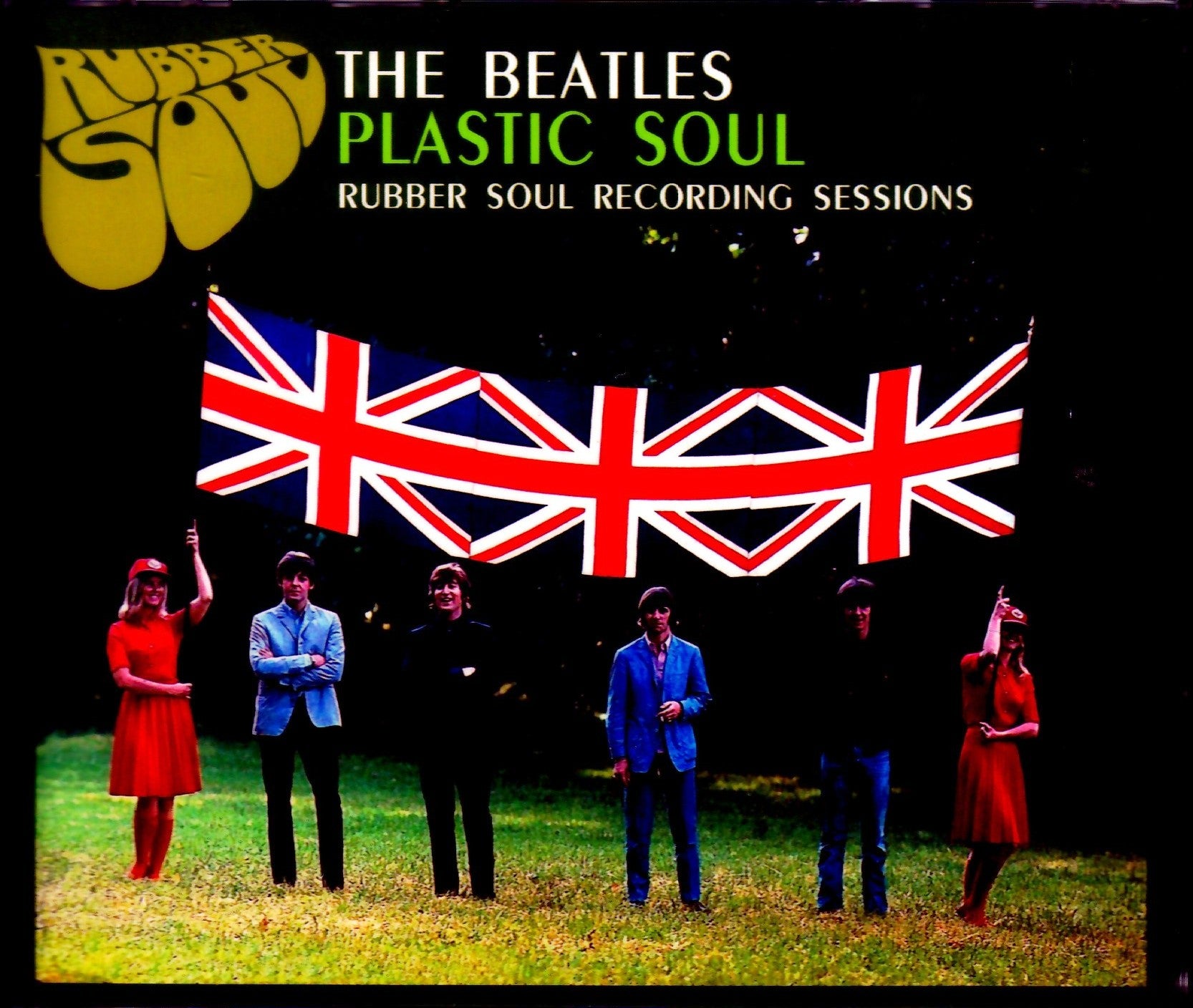
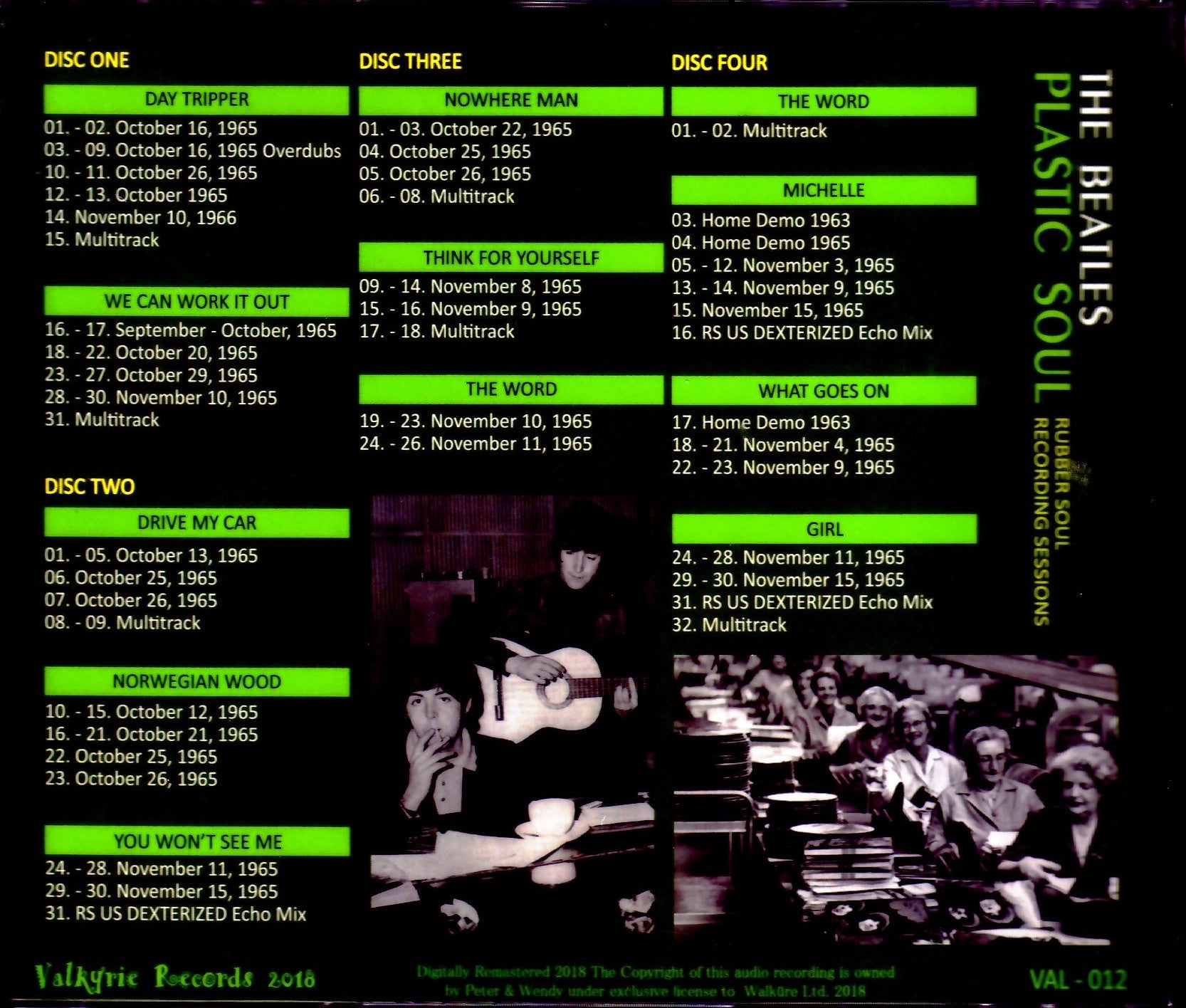

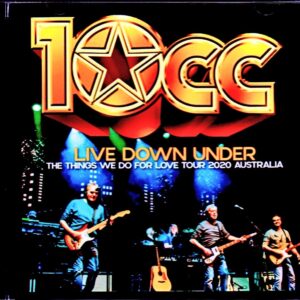
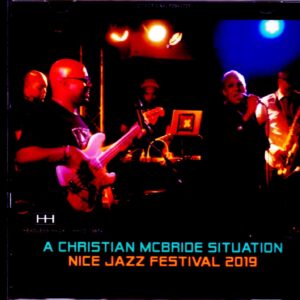
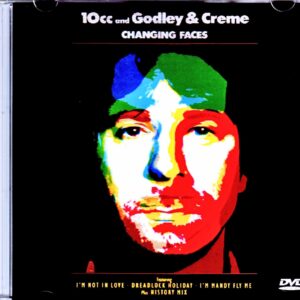
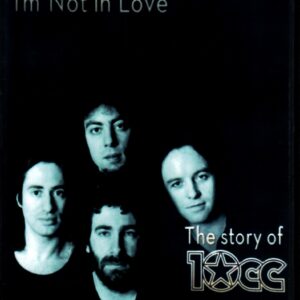
Reviews
There are no reviews yet.